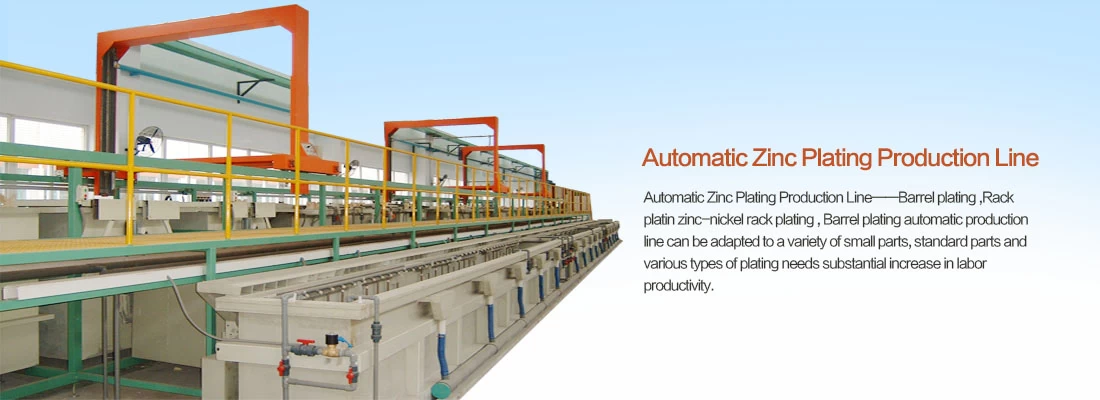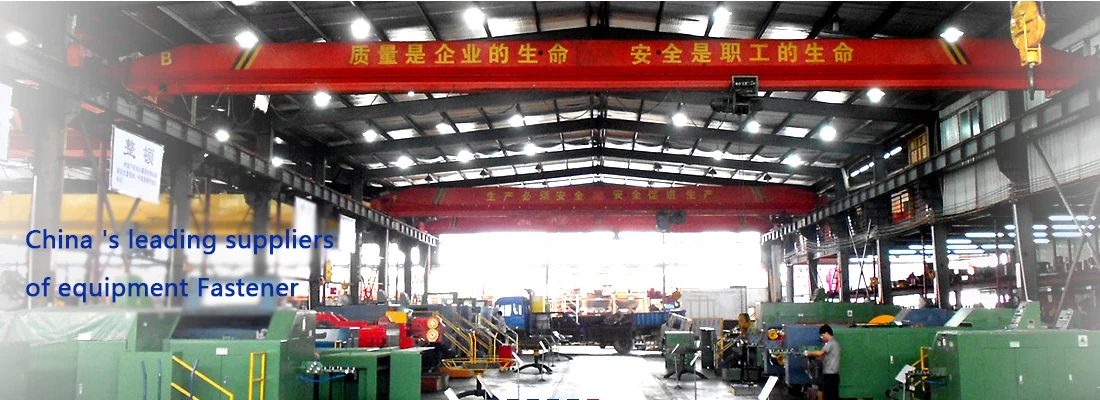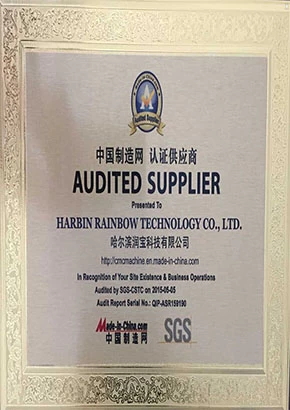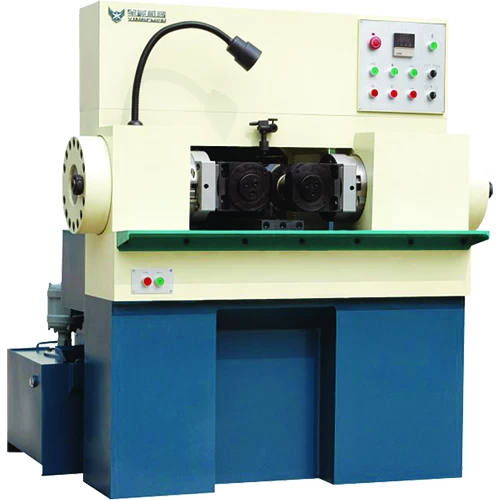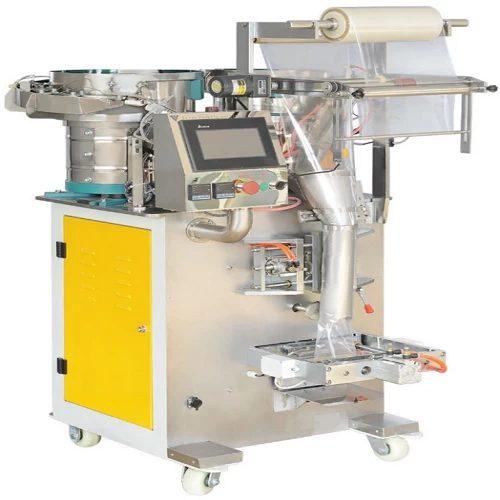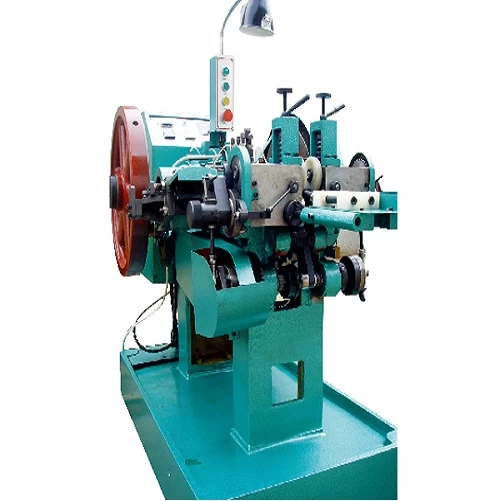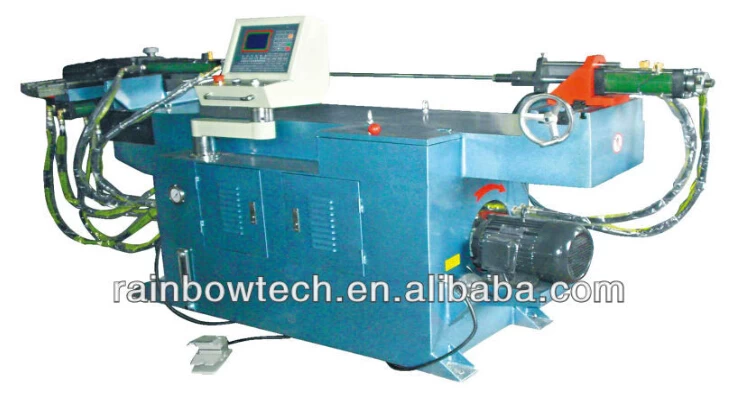Important factors for tapping process
Key influencing factors in the tapping process
In tap machining, there are several key elements that have a profound impact on the tapping process. These factors include the coating technology of the tap, its interaction with the material being cut, and the degree to which the coating matches the processing characteristics of the material. Understanding these elements and making the right use of them is critical to optimizing tap performance and improving machining efficiency.
(1) The influence of tapping equipment
Tapping equipment plays a crucial role in tap processing. Its performance and quality directly affect the processing effect and efficiency of the tap. Therefore, choosing the right tapping equipment and ensuring that it is in good condition is a part of the tapping process that cannot be ignored.
1) Machine tool selection: In the tapping process, the processing method of the machine tool is crucial. Vertical machines are generally superior to horizontal machines, especially when it comes to tapping. For horizontal machining, special attention should be paid to the adequacy of external cooling.
2) Tool holder preferred: It is recommended to choose a special tapping tool holder to make full use of the rigidity and stability of the machine tool. Synchronous tapping shanks are preferred, and if conditions are reversed, flexible tapping shanks with axial/radial compensation should be used. With the exception of small diameter taps (
3) Control of cooling conditions: tapping, especially when using extrusion taps, the demand for coolant is mainly lubrication, supplemented by cooling. In actual use, it can be blended according to the conditions of the machine (emulsion is recommended, and the concentration should reach at least 10%).
(2) The influence of the machined parts
The quality and properties of the machined parts also have a significant impact on the results during the tapping process. Therefore, when selecting and preparing the machined parts, it is important to carefully consider the possible impact on the tapping process and results.
1) The material and hardness of the workpiece: the hardness of the workpiece material should be uniform to avoid instability in the processing process. In general, it may not be appropriate to use taps for machining workpieces with hardness exceeding HRC42.
2) Consideration of tapping bottom hole: when choosing the bottom hole structure, it is necessary to match the appropriate drill bit; At the same time, to ensure the dimensional accuracy of the bottom hole and the quality of the hole wall, these factors will directly affect the effect of tapping.
1) Speed selection: The setting of speed should comprehensively consider the type and material of the tap, as well as the hardness of the material to be processed and the performance of the tapping equipment. Usually, the selection of rotational speed refers to the parameters provided by the tap manufacturer. However, it is necessary to reduce the rotational speed appropriately in the following cases:
The lack of rigidity of the machine tool leads to obvious tap runout;
Inadequate cooling system;
Uneven material or hardness in the tapping area, such as solder joints;
Use extension taps or extension rods;
Horizontal processing or external cooling is adopted;
Manual operations, such as the use of bench drills or radial drills.
2) The setting of the feed is equally important. In rigid tapping, the feed per revolution should be set to 1 pitch. If flexible tapping is used and the shank compensation variables are sufficient, the feed can be controlled in the range of (0.95-0.98) pitches per revolution.



